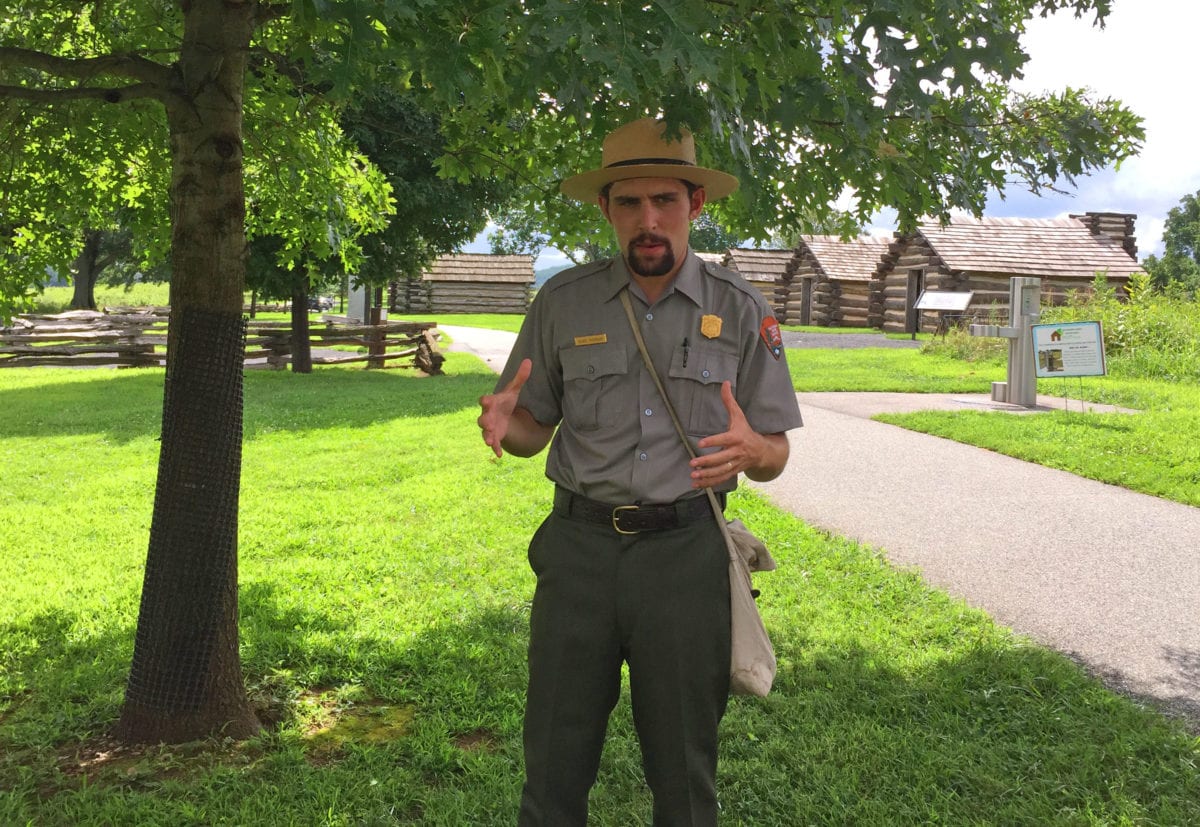
National Park Service Ranger Blake McGready on a walking tour of the Valley Forge encampment with some replicas of the huts the Continental Army built to survive the winter of 1777-78 in the background: Glynn Wilson
By Glynn Wilson –
VALLEY FORGE, Pa. – When George Washington moved the Continental Army of colonial militias 18 miles west of Philadelphia on a ridge overlooking the Schuylkill River in the winter of 1777, the motivation that kept a sick and starving rag tag group of soldiers together was the prospect of being governed by a mad King George III 3,000 miles away.
It was true then according to historians that a only about a third of the people in the rich farming area supported the revolutionary cause. Another third apparently liked being part of a Monarchy, and another third sat on the fence, undecided, some doing business with both sides.
It’s difficult to imagine today what it took to live in a 6 by 6 hut with 11 other stinky men to keep the cause alive with no medicine to speak of to fight small pox, typhoid or typhus (known as putrid fever), pneumonia and dysentery. One of the reasons we remember the Valley Forge Encampment today where no battle was fought is because 2,000 of the 12,000 man army died here. Another 4,000 or so deserted, but many came back in the spring and by the summer of 1778, a well trained army of 20,000 were ready to take on the British when the fighting started back up again. There were also 400 women and children in the camp, all working to support the troops.
We are so comfortable as a nation and a people now living in our suburban air conditioned houses and apartments heated by coal fired power plants that it’s difficult to even get 40 percent of people to show up at the polls to vote. And now we face another mad leader who wants to be a king or at least an autocratic dictator. According to Washington Post columnist Richard Cohen, Trump is the president the Founding Fathers feared.
Has there ever been a president as obscene as Donald Trump — a president as obtuse, as ignorant, as base, as dishonest, as indifferent to precedent, as contemptuous of civil liberties, as critical of his own government and officials, as brutish, as cold to consequences, as hostile to the media, as casually racist and as self-centered? The answer is no. For comparisons, you have to look abroad….
Trump has debased the presidency. He has removed America from its moral and practical leadership role in world affairs. Like a bratty kid, he has spitballed foreign leaders — Angela Merkel, Theresa May, Justin Trudeau, Emmanuel Macron — mocking them for their principles. Yet, he has nothing bad to say about Vladimir Putin, the neo-Romanov ruler of Russia and soon, maybe, of the “Little Russians” as well. Ukraine, beware.
He has resumed the exploitation of the wilderness and the pollution of the environment. Above all, he has polluted our politics. The swamp he vowed to drain is now fetid with even more lobbyists and rancid with his lies. He said he would make America great again, but he has reduced it in influence and conducted his presidency in a manner we have never seen before. Donald Trump is a new kind of American president, the sort the Founding Fathers feared. America once again has a mad king.
According to the National Park Service official version of events, Washington decided to move his troops to Valley Forge to train for the winter just one day’s march west of Philadelphia.
“Valley Forge was a naturally defensible plateau where they could train and recoup from the year’s battles while winter weather, impassable roads and scant supplies stopped the fighting,” they say, while the British occupied the patriot capital of Philadelphia after defeating Washington’s unorganized army of “disparate colonial militias” in a series of battles, including the Battle of Brandywine, the Battle of Germantown and the Battle of Red Bank.
With 12,000 soldiers and 400 women and children, Valley Forge become the fourth largest city in the United States with 1,500 log huts and two miles of fortifications. And it was an incredibly diverse city of immigrants, free people and slaves, those with resources and dirt poor living side by side speaking multiple languages and worshipping many different religions, all somehow tolerant of one another.
Imagine that today. Some Americans can’t seem to stand the mere thought of a few people from Central and South America coming across the Rio Grande to share in our prosperity, chief among them this Orange man of German descent and so-called “Commander in Chief.”
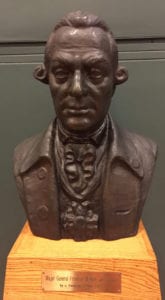
A bust of Major General and Prussian Baron Friedrich von Steuben, who led the training of George Washington’s Continental Army at Valley Forge, Pennsylvania: Glynn Wilson
According to the official story, Washington himself was part of the inspiration that kept the army together. His “resilience” and “sense of duty” supposedly inspired the men, although it was former Prussian officer Baron von Steuben who Washington assigned the task of training the troops. He drilled the army, taught new military skills, wrote a manual and enforced hygiene (like shaving beards) and by the summer, the British faced a much different challenger. The reforms in the supply system implemented by Washington and fighting tactics by Von Steuben are today credited with becoming the foundation of the modern United States Army.
Like a lot of luck and timing that helped the United States win independence, word reached Washington in May that the long-sought alliance with France was secured. Upon hearing this news, the British evacuated Philadelphia and headed north to defend their stronghold in New York City. On June 19, 1778, Washington’s troops marched out of Valley Forge in pursuit.
Three years later in the summer and fall of 1781, Washington and France surrounded Cornwallis at Yorktown.
The rest, they say, is history. But if enough people do not draw some kind of hope and inspiration to vote in November and again in 2020, all of this effort to establish a democratic republic could very well be lost forever.
The Trump administration seems hellbent on not only destroying democracy, but
I’ll be heading for the mountains of Colorado, or maybe catching a ride back to France with some of the French patriots I meet on my travels. If Americans will not fight back by supporting a free press here, perhaps I should be appealing to the French. They seem to appreciate democracy more than we do.
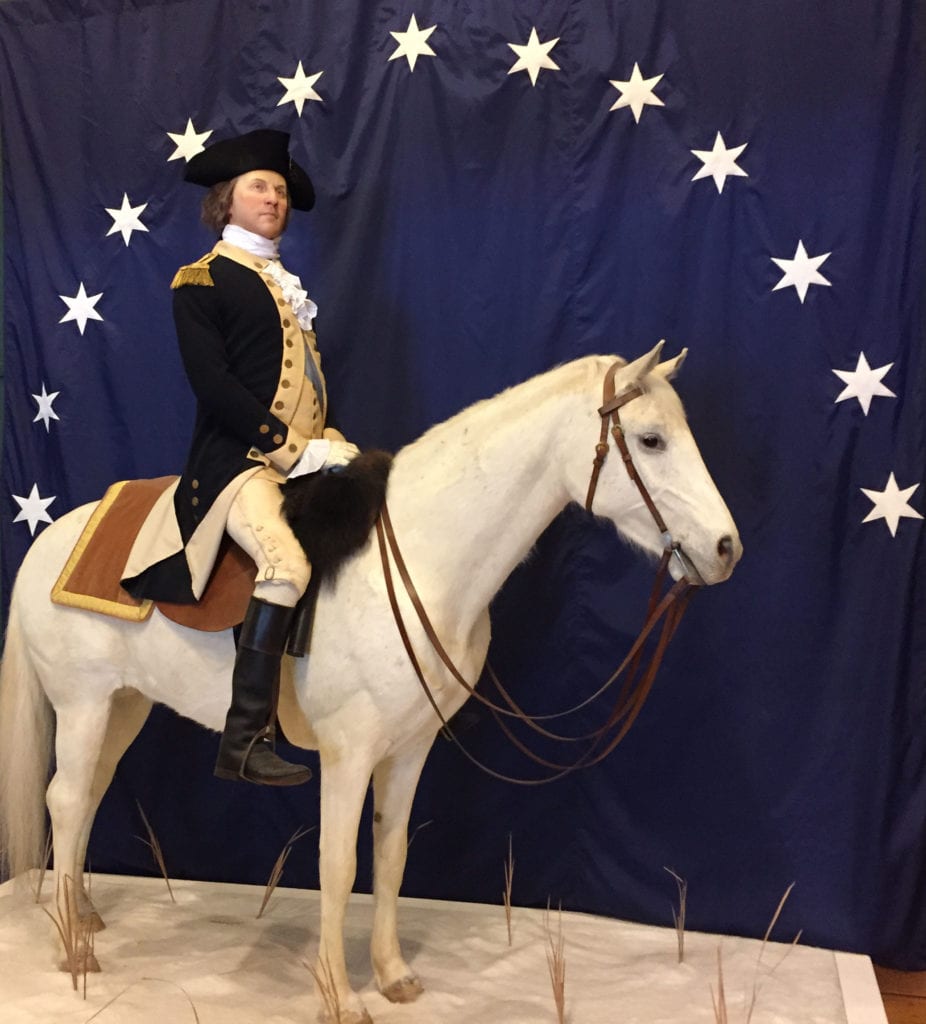
General George Washington on his white horse and blue flag with white stars fore each of the 13 colonies: Glynn Wilson
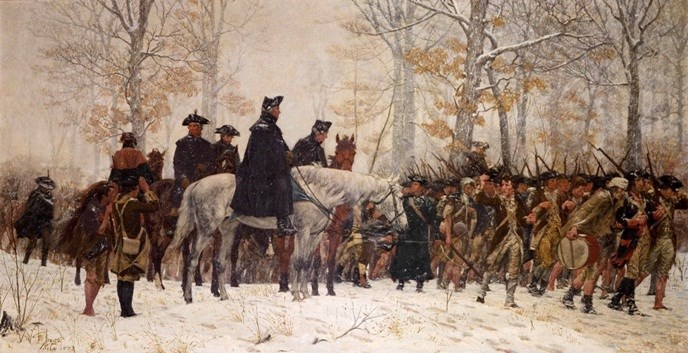
The March to Valley Forge, a painting by William T. Trego, 1883. NPS: Courtesy of The American Revolution Center
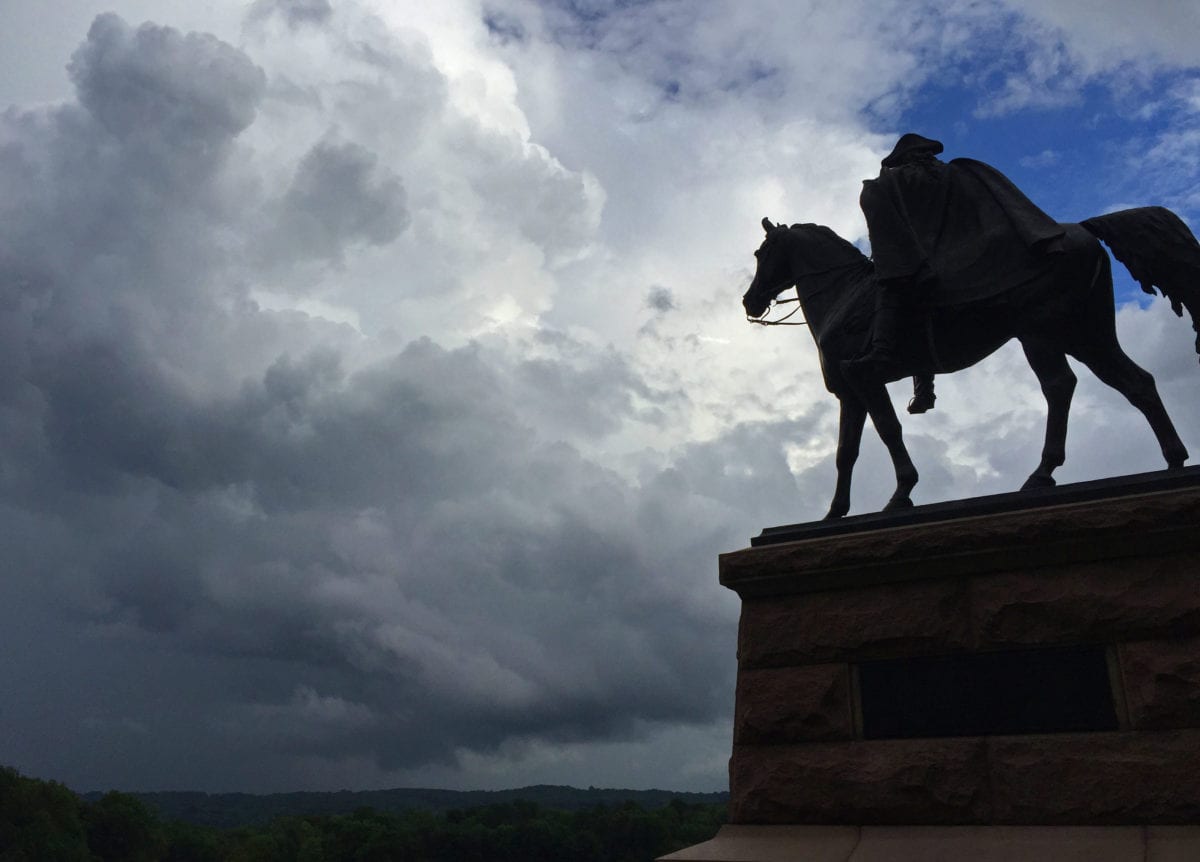
General “Mad” Anthony Wayne on horseback looking toward Philadelphia from the Ridgeline at Valley Forge: Glynn Wilson
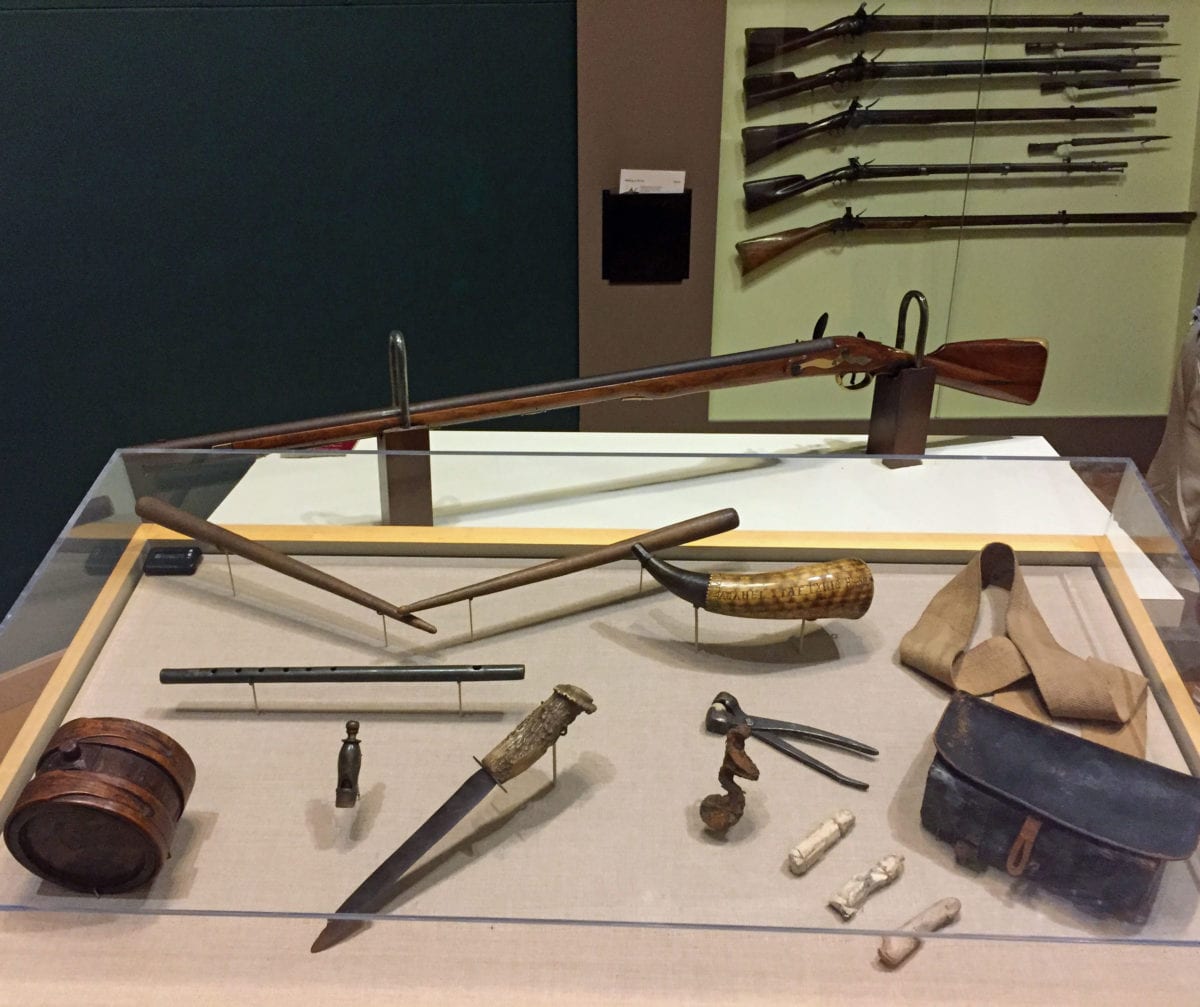
Some of the essential gear and weaponry on display in the Valley Forge National Historic Park Visitors Center: Glynn Wilson
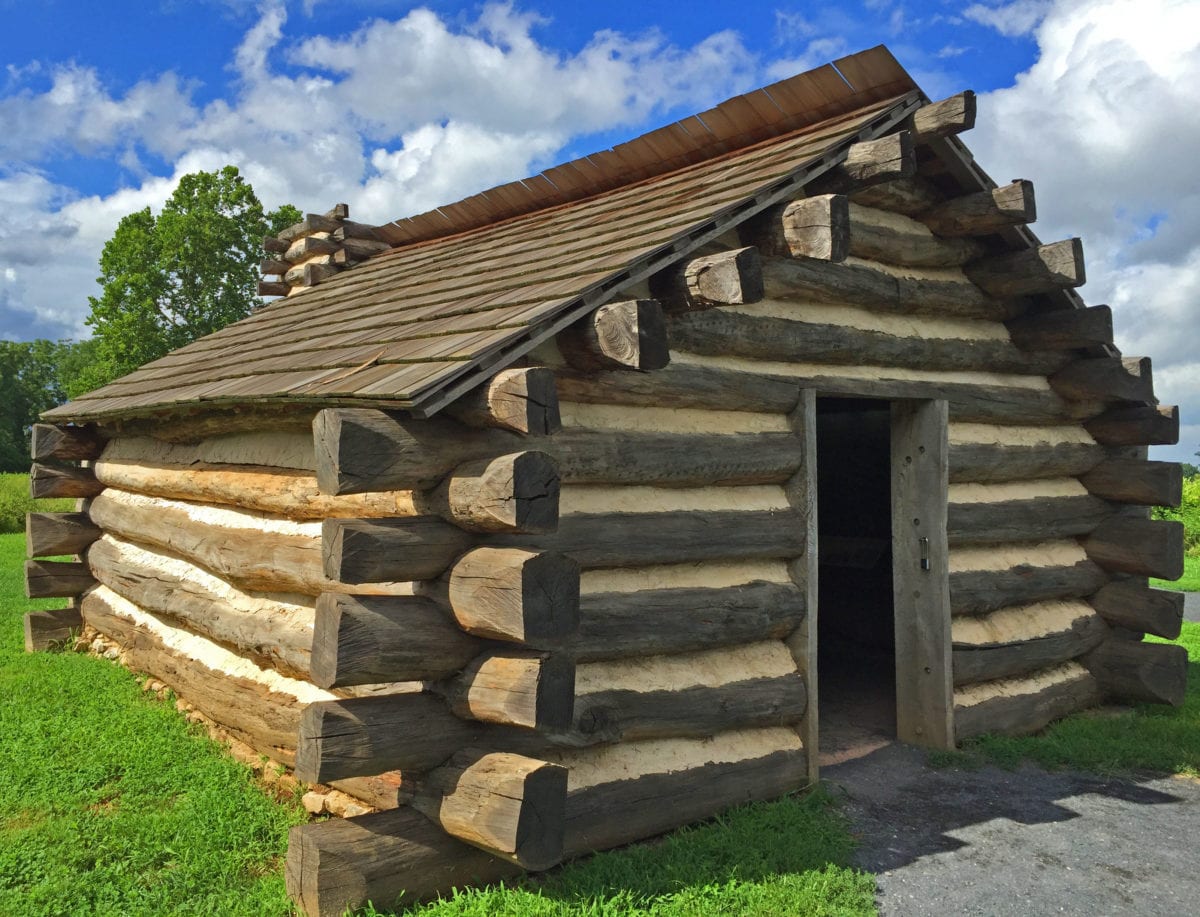
One replica of the huts the Continental Army built to survive the winter of 1777-78 at Valley Forge, Pa.: Glynn Wilson
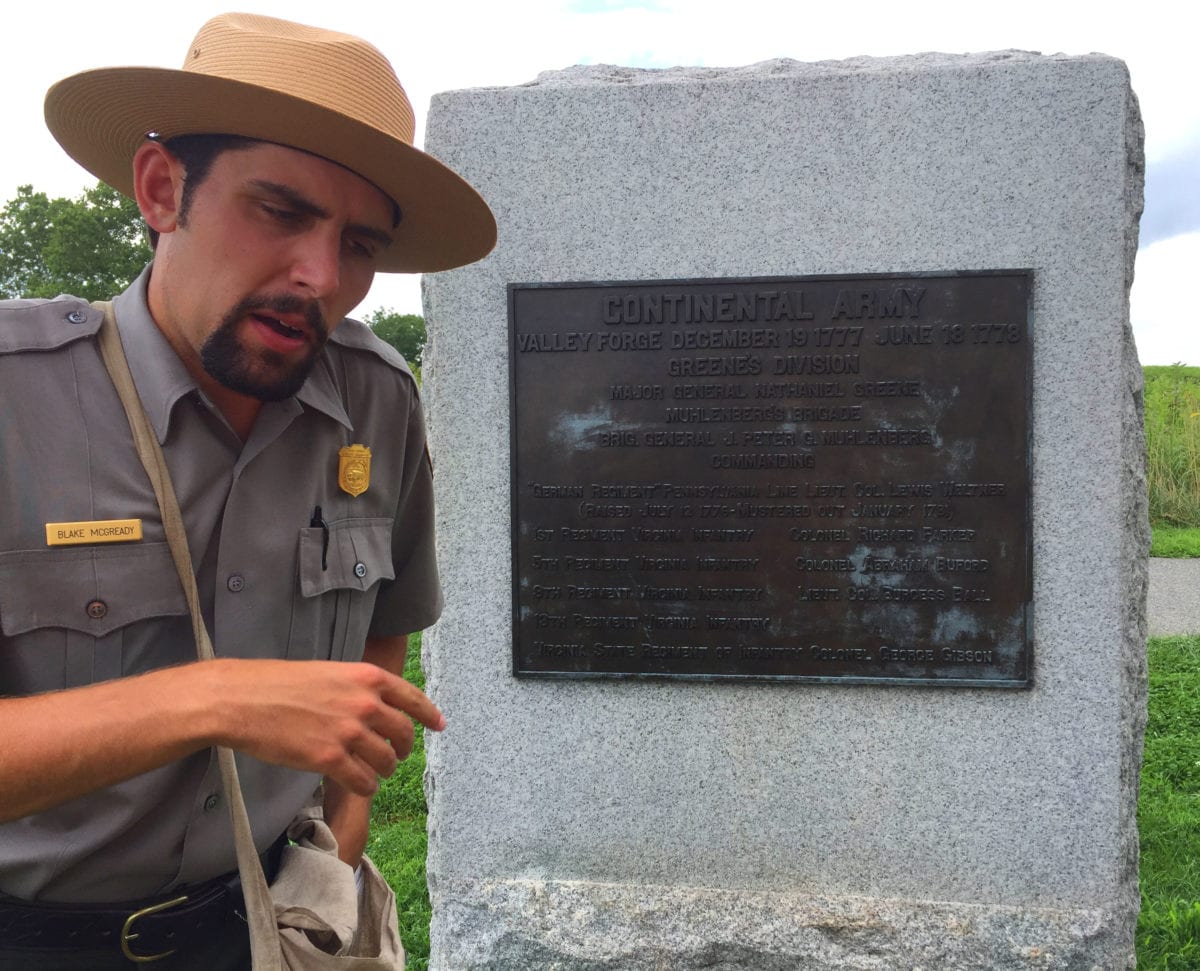
National Park Service Ranger Blake McGready on a walking tour of the Valley Forge encampment: Glynn Wilson
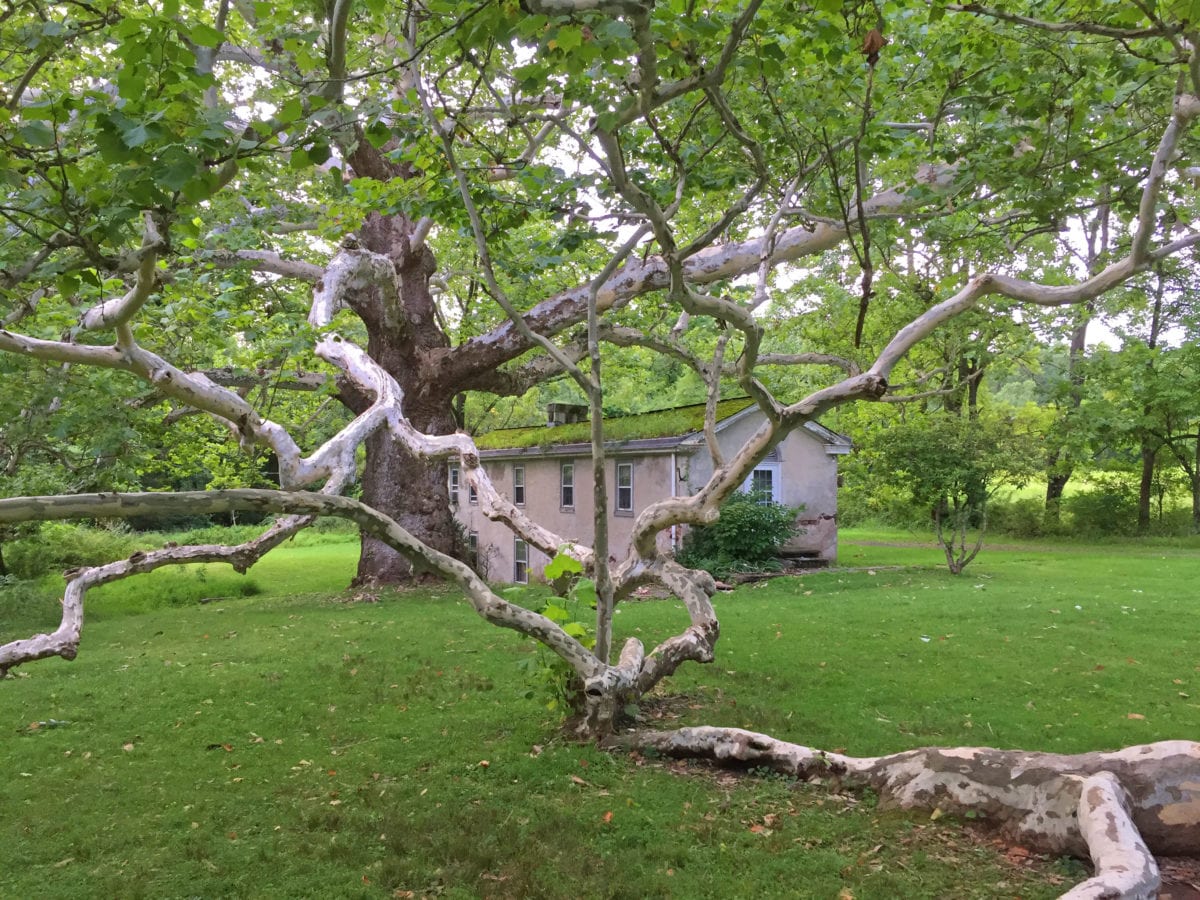
This giant sycamore tree on the Pawling farm in the Valley Forge National Historic Park is believed to be a true “witness tree” to the events of 1877-78. At 82.9 feet tall and 21.4 feet in circumference with a spread of 142 feet, it is estimated to be 260-285 years old: Glynn Wilson
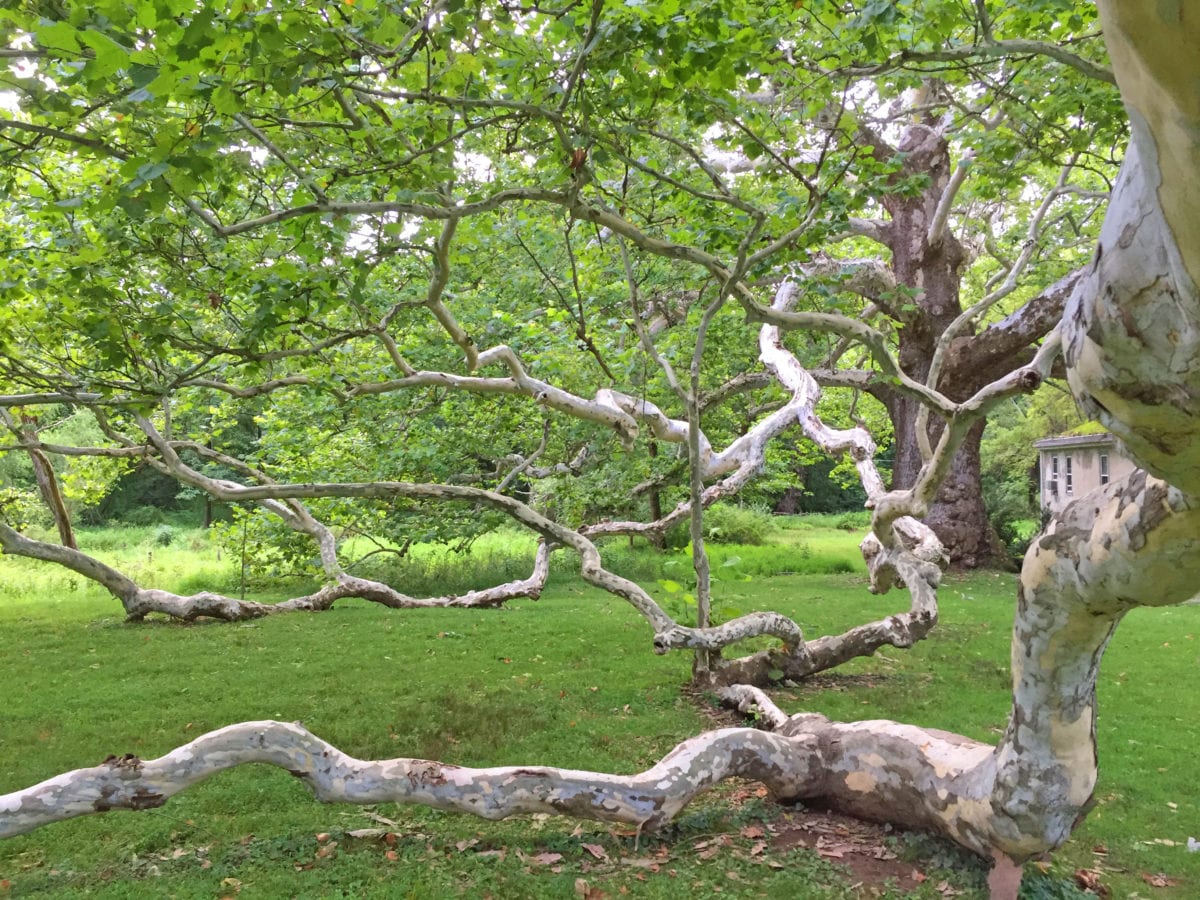
This giant sycamore tree on the Pawling farm in the Valley Forge National Historic Park is believed to be a true “witness tree” to the events of 1877-78. At 82.9 feet tall and 21.4 feet in circumference with a spread of 142 feet, it is estimated to be 260-285 years old: Glynn Wilson
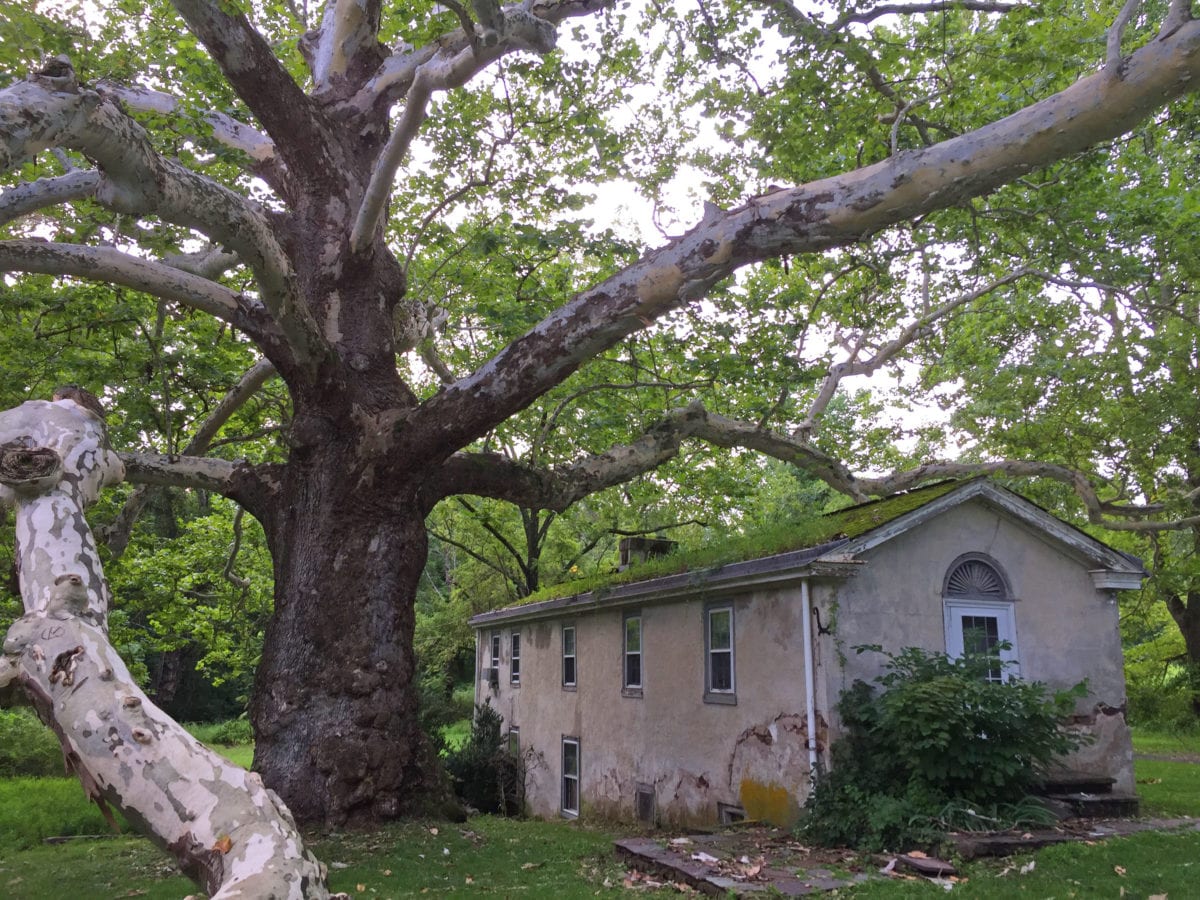
This giant sycamore tree on the Pawling farm in the Valley Forge National Historic Park is believed to be a true “witness tree” to the events of 1877-78. At 82.9 feet tall and 21.4 feet in circumference with a spread of 142 feet, it is estimated to be 260-285 years old: Glynn Wilson


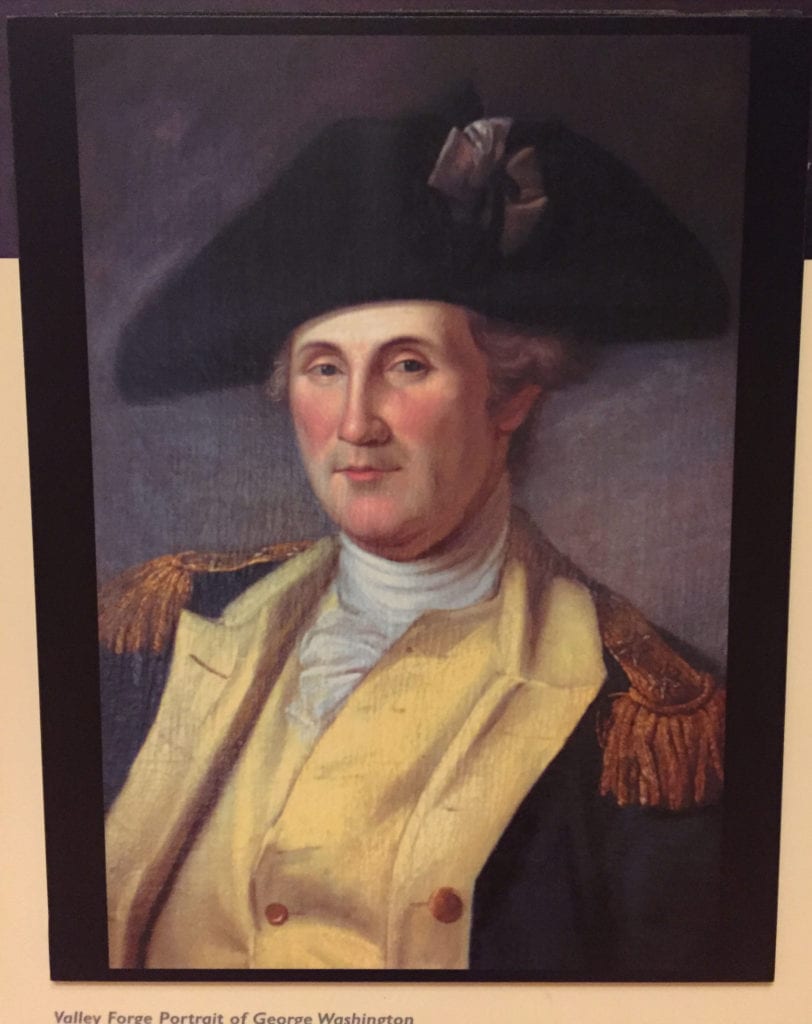
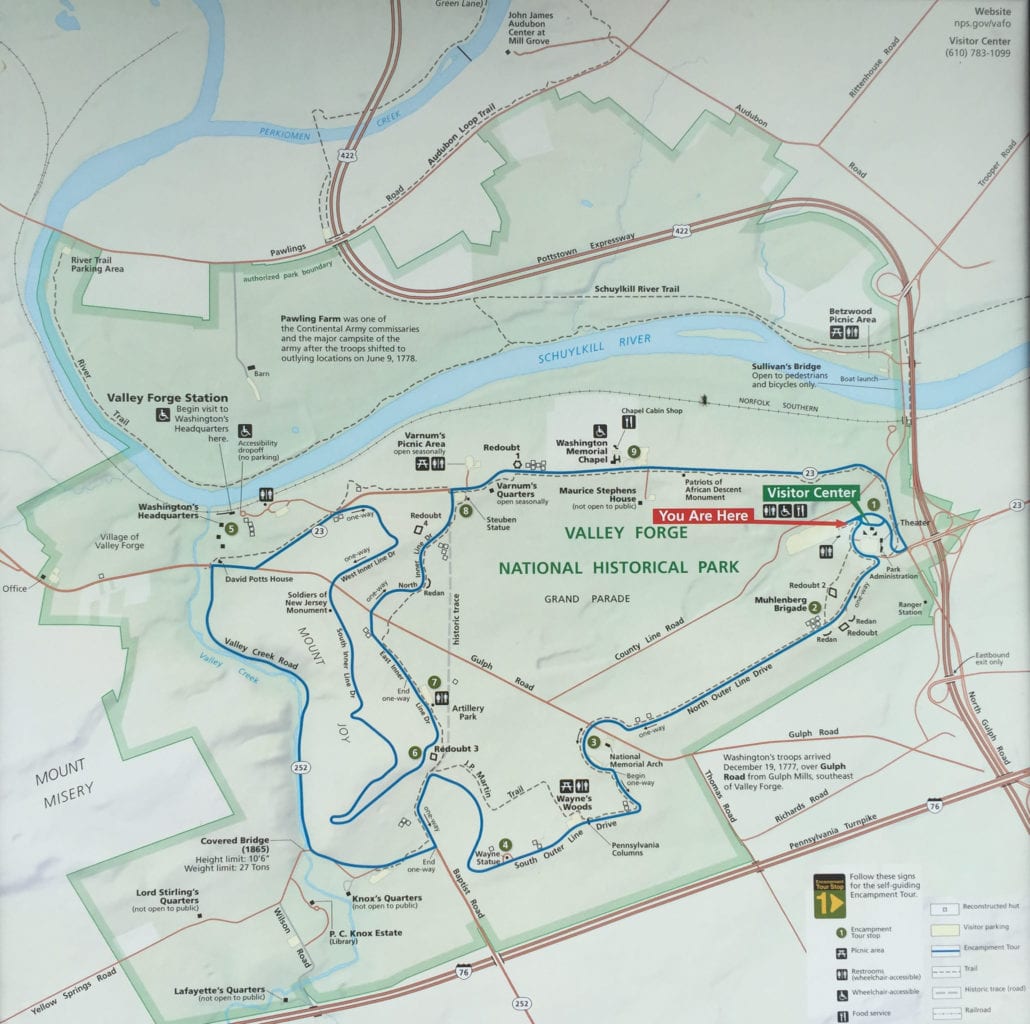
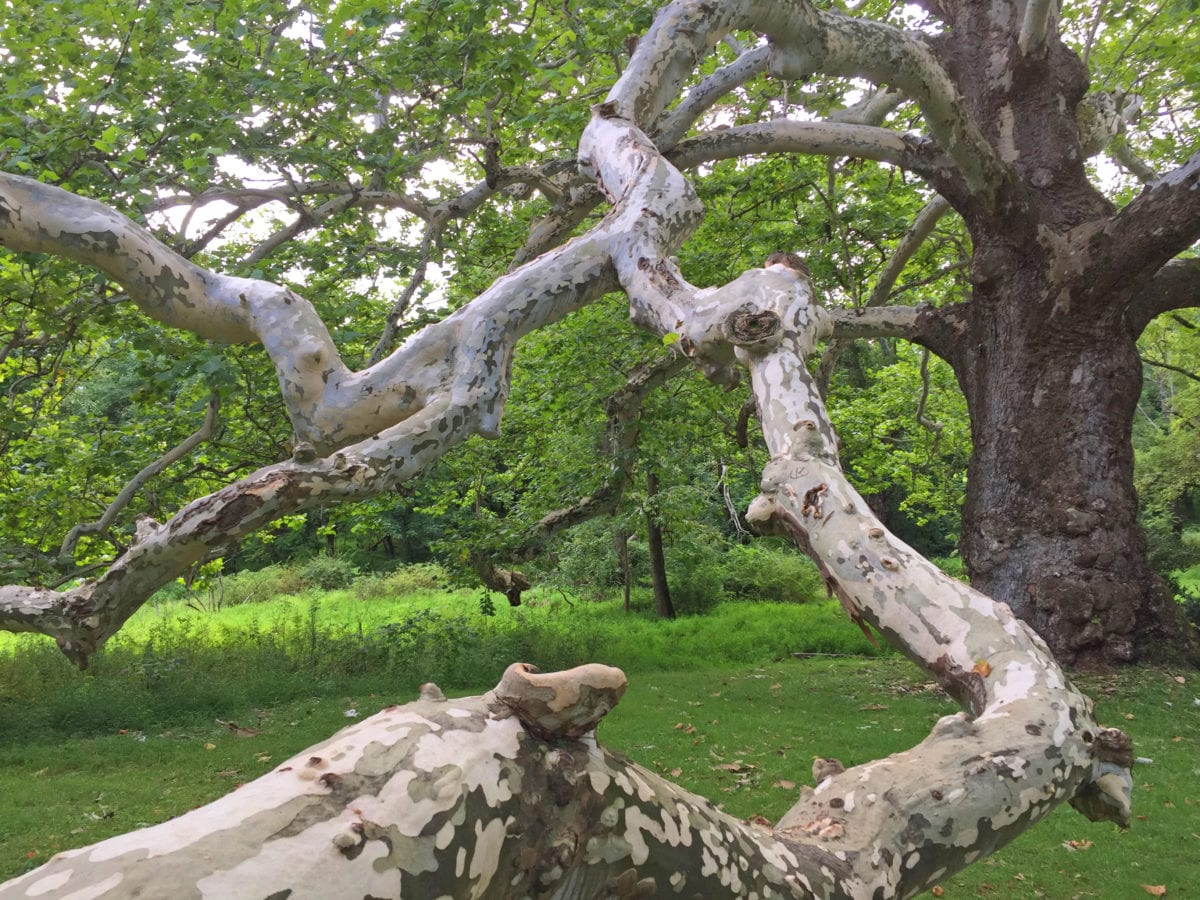
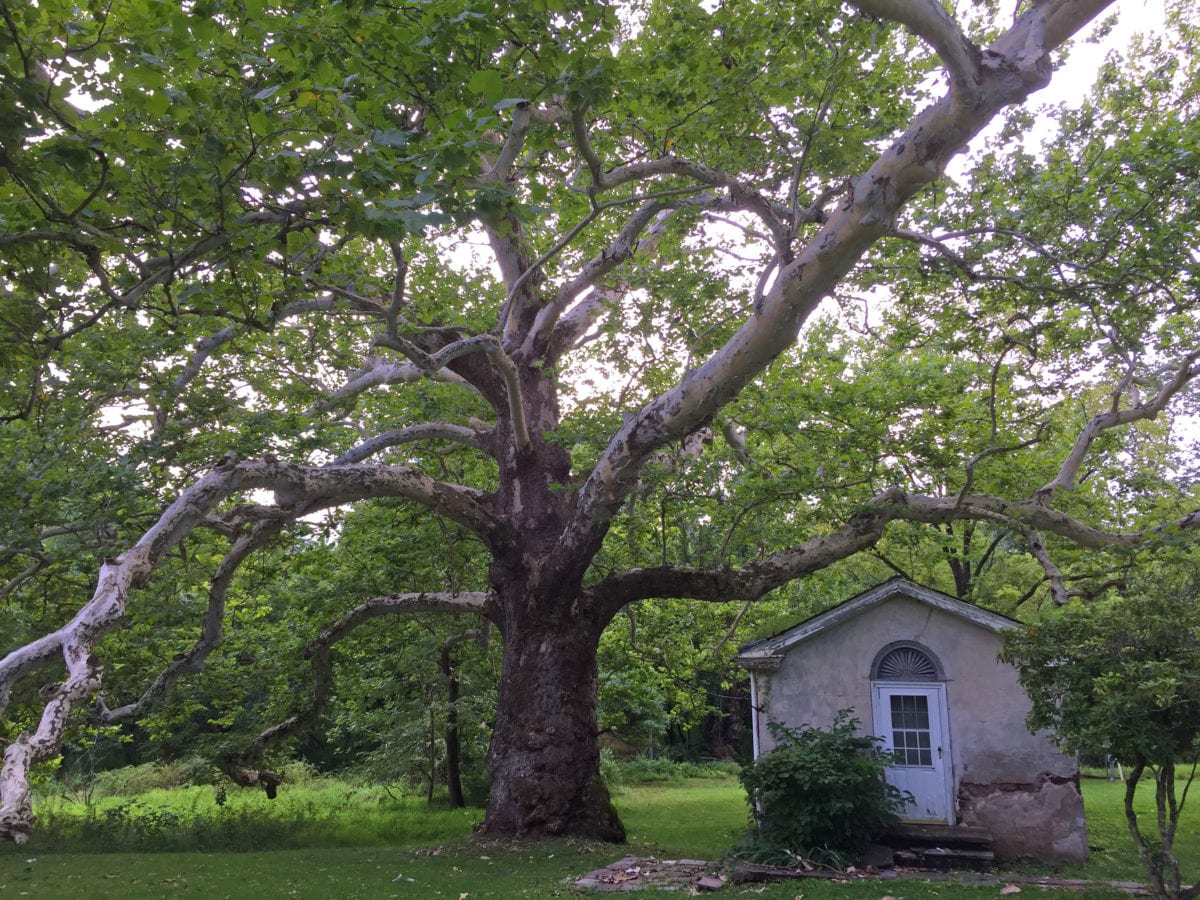





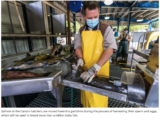






We WILL vote. Our lives DO depend on it.